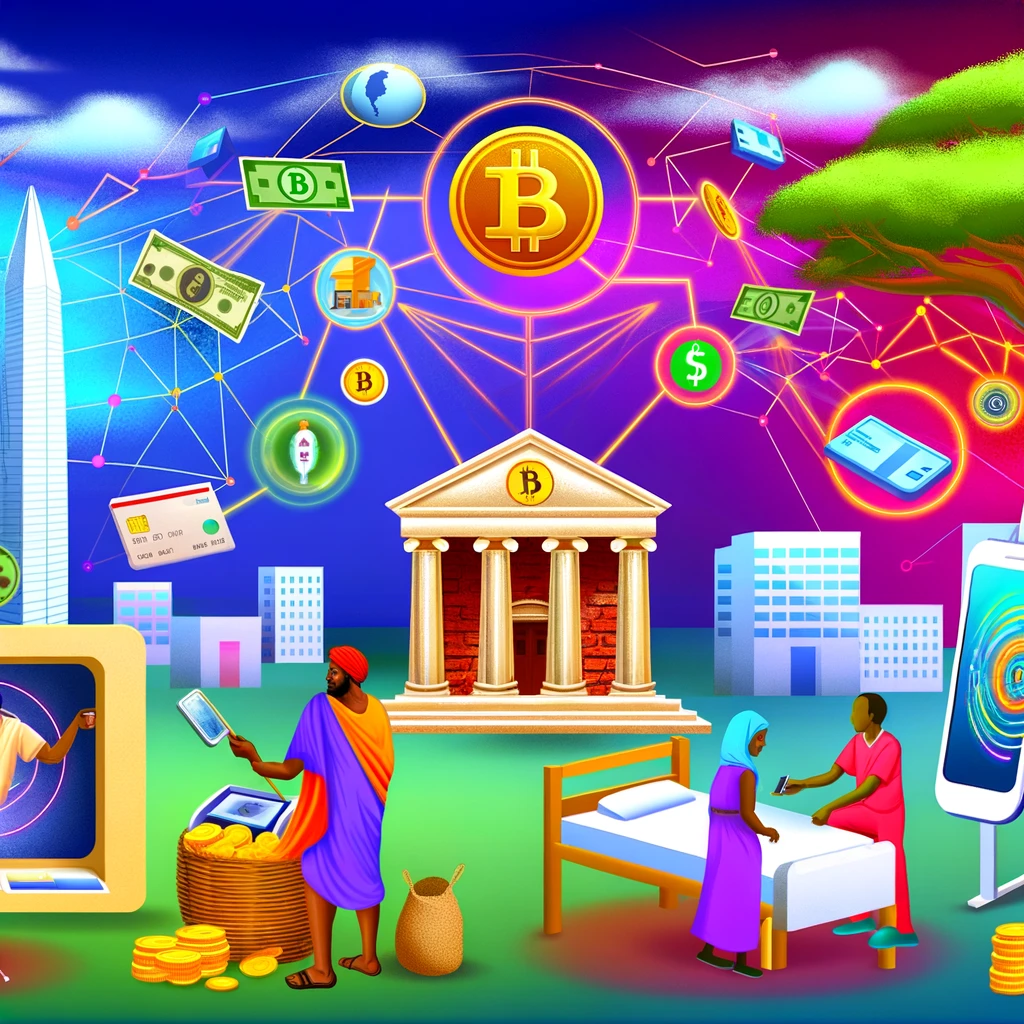
The world of financial transactions is vast and often mysterious, with intricate mechanisms and groundbreaking innovations lurking beneath the surface of everyday commerce. Here are five captivating facts about payment systems that might just change the way you view the swipe of a card or the click of a button.
1. Ancient Beginnings of the Paper Check
Believe it or not, the concept of the check dates back to the ancient Romans. They used a method known as “praescriptiones” to command banks to pay out funds on behalf of their clients. Fast forward to the 17th century in Europe, and you have the direct precursor to today’s paper checks. From ancient ledger entries to the checks in your wallet, this payment method has a richer history than one might expect.
2. Bitcoin Goes Physical: Cryptocurrency ATMs
While cryptocurrencies are typically tethered to the digital realm, Bitcoin ATMs bring them into the physical world. These machines, first installed in Vancouver, Canada, in 2013, allow users to exchange cash for Bitcoin and vice versa, blending traditional banking with digital innovation.
3. The Intricate Dance of Payment Processing
Each time you use your credit card, it triggers a complex ballet of digital communication. This process involves the merchant, a payment gateway, the acquiring bank, the credit card network (like Visa or MasterCard), and the issuing bank—all coordinating in mere seconds to process your payment securely and efficiently.
4. Mobile Payments: A Revolution in Emerging Markets
In regions where traditional banking is scarce, mobile payments have catalyzed a financial revolution. Take M-Pesa in Kenya, launched in 2007; this mobile money platform transformed cell phones into personal banks for millions, offering services like deposits, withdrawals, transfers, and payments, all without ever needing to visit a bank branch.
5. NFC: More Than Just Tap-to-Pay
Near Field Communication (NFC) technology is synonymous with contactless payments, but its applications extend far beyond. NFC can be used for secure identity verification, access control, and even in healthcare settings to connect medical devices and monitor patient data, showcasing its versatility and potential for future innovations.
Each of these facts sheds light on the hidden depths and unexpected twists in the story of payment systems. As technology continues to advance, who knows what new secrets we’ll uncover next in the dynamic world of payments?
